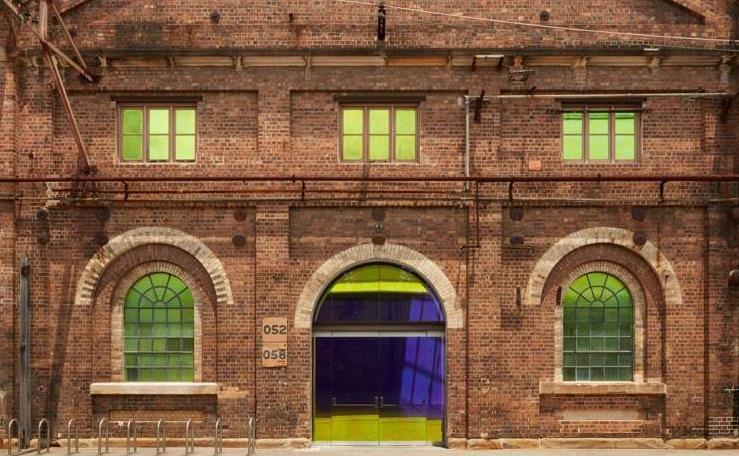With the uncertainty over Sydney’s beloved Carriageworks on many folks’ minds, there is growing speculation that property developers will invade and decimate the space for inevitable profit.
Carriageworks has hosted numerous cultural events over recent decades. But is there any reason that the two – cultural innovation and property development – cannot exist side by side? This is a particularly pertinent question, and I find myself asking: Could it be the developers who, in fact, save the day?
The culture and creative industries are among the most affected by the restrictions of COVID-19. The current pandemic has forced all galleries, museums, art fairs and events to close, which has resulted in much appreciated support initiatives across governments and philanthropic funds.
Although a good start, many artists cannot access these stimulus packages and greater support is desperately needed. Developments can extend this support to the cultural industry through the commission and display of public art.
Artists were some of the first to be impacted by the government restrictions, which have instigated a period of isolation for artists. Although many visual artists work in solitary, the closures of galleries and museums, the ban on public gatherings and directives to stay home has meant that the impact on the creative industries has been devastating.
‘Even in these unprecedented times, our creatives continue to find ways to connect and inspire us – but they are doing it tough and they need our help,’ acknowledges Minister for Creative Industries Martin Foley. ‘Ensuring that our cultural and creative sector gets through to the other side of this crisis will be critical to Victoria’s economic, social and cultural recovery.’
One possible solution could come via the private sector
It stands to reason that property developers could well be the knights in shining armour so desperately needed in these arid times. Developers (who are all still working as essential services) are always in need of good public relations and amidst the bleakness could lie a golden opportunity.
Developers must look towards arts and culture to encourage sustainable economic and cultural activity and support Australia’s creative community. The impact of the coronavirus has witnessed the closure of many retail stores, however the now vacant shops could provide opportunities for pop-up galleries by providing free and low-cost leases.
One of the beauties of the visual arts is that social distancing can still be easily achieved by simply looking through a plate glass window, giving the term Street Art a whole new context – viewing from the street.
The construction industry has the opportunity to play a vital role in the arts and cultural recovery in Australia by integrating public art commissions into their commercial and residential developments. In this time of crisis, public art can be used as a tool to enable artists to continue to work through the lockdown, develop new projects, reach new audiences and maintain their arts practices.
Whilst work can continue on building sites, activities can be undertaken by developers to help the creative sector overcome the immediate effects of lost income due to the closure of exhibitions and cancellation of arts projects. Developments can provide support to the sector over the coming months, and this support does not have to rely on developments that are approved with a condition for public art.
A series of public art projects at East Brunswick Village, a new unique urban renewal project, are part of a substantial commitment to arts and culture by the Banco Group and were not commissioned just to form part of the planning permit. The group did not have to put art into their development under their council permit. But they did in a big way.
They engaged a culture consultant to invite local artists to create engaging public art for the development. This was in part because the Banco Group considered it important, in this uncertain time, to support artists and the creative industries. But it was also pragmatic public relations.
New developments are rarely popular in urban centres where residents often rally behind a largely fictionalised notion of the ‘old’ neighbourhood. Sprucing up a residential or commercial project with bustling creative projects creates its own sense of neighbourhood, which welcomes both old-time residents and new vibrancy.
Beleaguered philanthropists and overwhelmed politicians can only do so much.
Commercial, residential and retail developments can provide much needed support to the arts and cultural sector during the corona virus shutdown through the commission of public art. By establishing further ways to support Australian artists, there is opportunity to engage directly with creatives and incorporate artwork into public spaces, affording artists the ability to sustain employment, create new work and maintain their practices.





